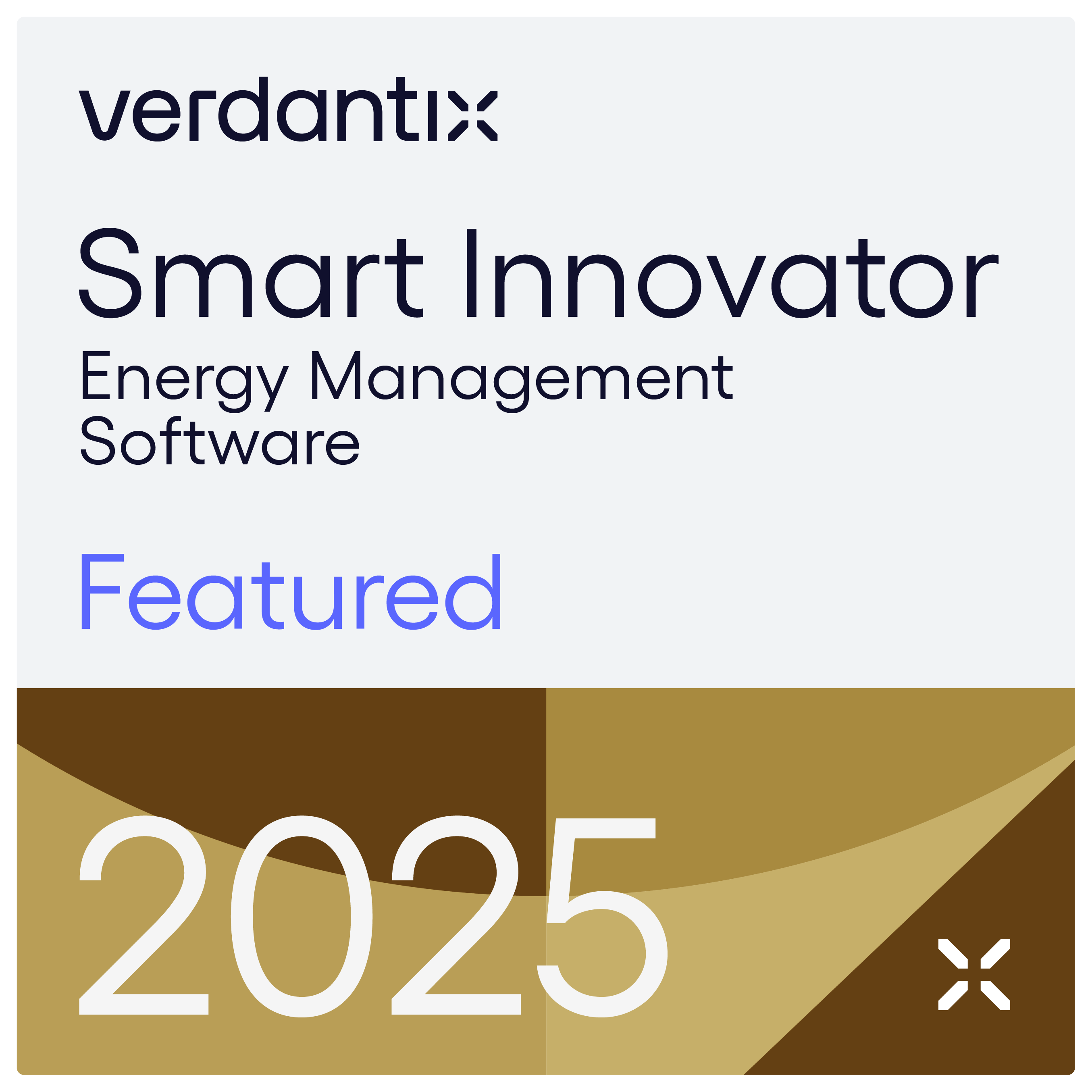Since the entry into force of Royal Decree 56/2016, all those companies that have met the condition that marks the same at least two consecutive years, have until next November 15 of this year to perform the corresponding energy audit. That is why today we have decided to review a little the differences between complying with the regulations through an energy audit, or through an Energy Management System.
Energy Audits
The first of the options for complying with Royal Decree 56/2016 is the energy audit, but what is an energy audit? How is it done? What is it for?
What is an Energy Audit?
The energy audit is a way to systematically analyze the energy consumption of a building, industry or processes, determining when, where and how energy is consumed, in order to identify savings opportunities and define measures for the same. According to Royal Decree 56/2016, it is only mandatory to perform an audit every four years, being a snapshot at a point in time of the company, making it difficult to monitor the measures and the evolution of the same. The fact that it is only necessary to perform it every four years makes it a very interesting option for those who only seek to comply with the Royal Decree.
How is an energy audit performed?
The steps to follow to perform an energy audit:
Initial meeting
Preliminary meeting, exchange of information on the current situation, what has been done in terms of energy efficiency.
Define objectives
Define the purpose of the energy audit, with the expectations and expected results of the audit. Not all audits have the same purpose, so it is an important section.
Mark range
Define the scope of the energy audit, defining the framework for action, what is going to be studied and the level of detail of the audit. For the results to be as expected, this point must be very clear, from those who only want to comply with the Royal Decree, to those who want to optimize the consumption of their facilities to the maximum.
Analyze resources
Consumption and cost analysis, energy billing for the last 12/24 months is requested, marking behavior patterns to be followed.
Compare installations
Different facilities are compared in terms of location and time, as well as with other similar industries or the sector whenever possible.
Marking time patterns
Develop behavioral patterns as a function of time.
Analyze consumption
At this point of the analysis it is important to carry out an analysis of energy uses and aspects. Making that clear picture or photograph of where and how energy is being used.
Evaluate savings
Finally, opportunities for savings, changes and improvements in equipment and operations or processes are evaluated. The former are usually very short term; the main focus is on improving the latter. In addition, it may be necessary to investigate in more detail in order to extract everything possible in this regard.
Advantages and disadvantages of opting for an energy audit
The worst thing about this option is that it usually takes several months to prepare and that, by taking a snapshot of a specific moment in time of the company's consumption, it suggests possible opportunities for savings, but without being able to monitor the evolution of these points to be improved.
On the other hand, the positive side for those who only wish to comply with the requirements, due to lack of resources or disinterest, will not have to worry more than every four years.
Meet the Smarkia50001 solution
Energy Management Systems, the alternative to audits
With Energy Management Systems, what is evaluated is the strategy or protocol to follow, involving the organization, to improve its energy efficiency.
If the Energy Management System has the standard ISO 50001 is not necessary to carry out the audit, the entity itself can perform all the work of optimization, monitoring and controlling at all times the actions marked, being able to carry out a real energy optimization, and achieving its consequent savings.
The monitoring of an Energy Management System will make that, with lower costs, and spread over four years, that cost becomes an investment, being able to make a continuous improvement of energy efficiency. Especially, in the case of those organizations with several headquarters, or that already have Energy Management Systems already installed, and thus take advantage to further optimize their energy consumption, and comply with Royal Decree 56/2016.
By continuously monitoring consumption and the factors that affect it, it is possible to detect deviations from the trend thanks to the baselines, at any time, place and device. It also makes it possible to analyze and study possible deviations, with costs broken down by work center, production line, equipment or production unit.
With Smarkia 50001, you do not need audits, so you can take advantage of an obligation such as RD 56/2016 to manage energy consumption and thus achieve significant savings in your company.
The pros of an Energy Management System are the constant monitoring and the evolution that entails in the optimization of energy consumption, so that those companies really committed and willing to reduce their energy consumption, will optimize their consumption and can significantly reduce their bills. On the other hand, energy efficiency software requires a commitment on the part of the organization, as this is an ongoing task that must be followed and worked on in order to achieve real results in reducing consumption.






